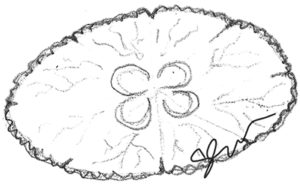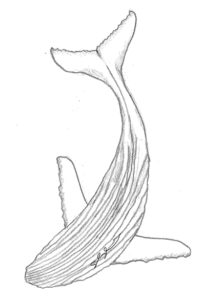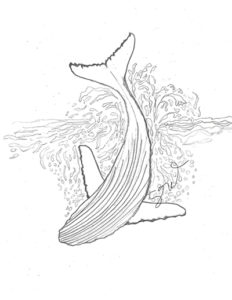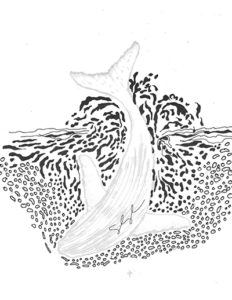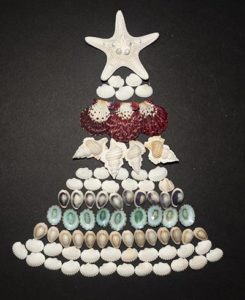Happy New Year 2020! I’m so excited to bring you the first “Behind the Scenes”–the making of my 2019 Artist’s Card Deck.
The 2019 artist card deck was inspired by the beauty of the oceans and beaches. All of my work starts with pencil, paper, and a lightbox. The next step is to scan them into the computer and further manipulate line and color. I’ll even scan in different elements that have been penciled separately, then use the computer to arrange them. The “Jellyfish” is an example of that technique. Typically, I do not do a lot of “clean-up” like some “Disney-styles” are like. I like how my lines are expressive, dynamic, organic, and textural. Sometimes, I’ll even “dirty” things up to add even more texture. I embrace a very textural approach in layers.
Check out the thumbnails below. Click on them and they’ll open up bigger.
Rough colors are sometimes blocked in using traditional media like colored pencils, ink/watercolor washes, and markers. I use that as a base, scan that into the computer, and then use digital coloring from there with various painting programs.
“The Shell Tree”. I love seashells! I arranged a variety of shells on a matte black presentation cardboard. I lit the scene left and right to try create the most even lighting (reduce the amount of shadows) for overhead shooting. I used my DSLR to shoot from directly above—no flash. In Photoshop, I had to mask (paint out) the black background so that it became transparent. Then I used a sand-background behind my seashell layer. It was extremely challenging because the seashells had all these little bumps, nooks and crannies that “caught” the black background. I had to zoom-in and do some detailed hand-work on that around all those edges.
The final images were sent out to a lab for special printing on Kodak ENDURA Metallic paper which makes the colors pop and gives the picture a rich, vibrant sheen.
A few people received a C-Print this year (it is more costly to produce)—Digital Chromogenic C-Print (Silver Halide). A second version of the humpback whale print was made by RGB lasers projecting the digital image onto special paper. This exposure causes chemical reactions in the paper producing: smooth color gradients (“dotless”); rich color; preserving the highest levels of detail in the print.
My dream is to relocate to Hawaii and New Zealand and be surrounded by their natural wonders. To learn more, visit my website and follow me. I am developing instructionals, tips, product reviews, FREEBIES and more! In January, I’ll reveal the start of my tropical flowers & plants series. Follow along, and do art with me!


